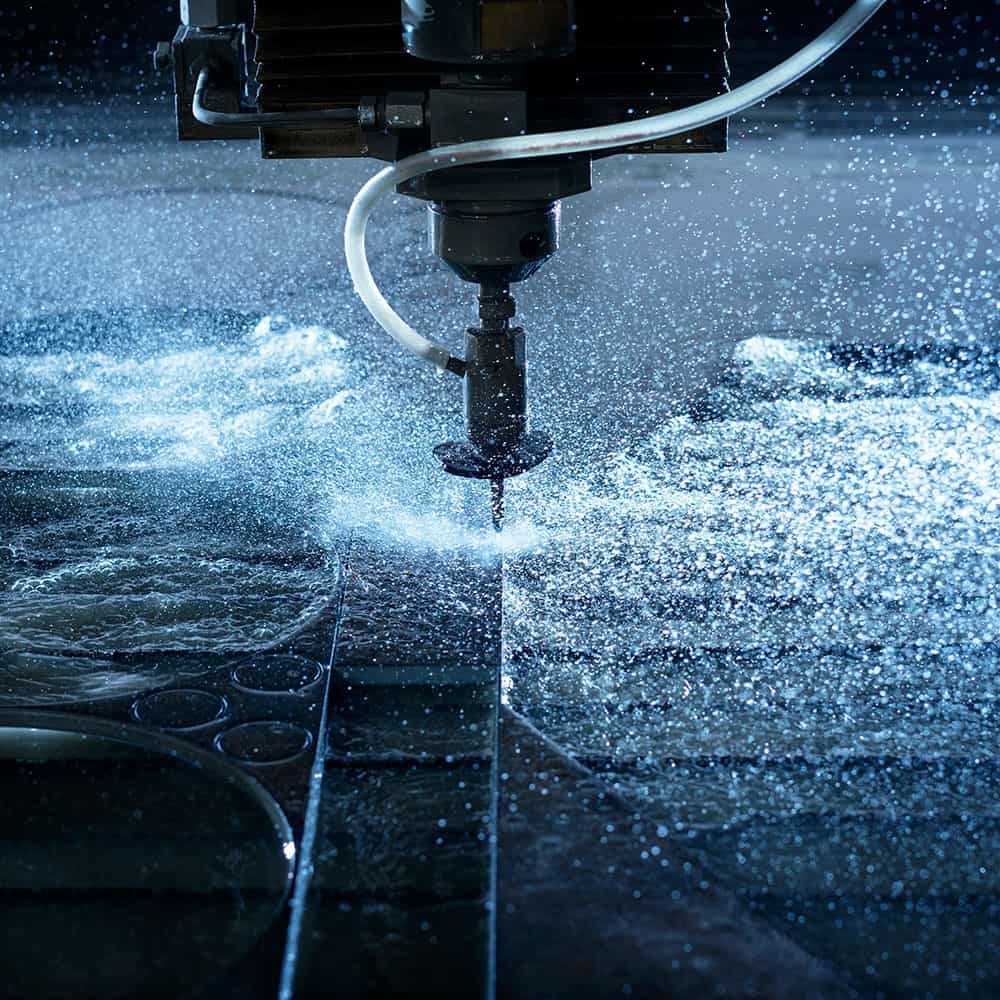Water Stewardship.
“All the water that will ever be is, right now.“
National Geographic
October 1993

While the good news is that industrial water withdrawals account for just 5% of total withdrawals in the US, the water crisis continues. As a result, costs associated with water use are increasing and projected to do so – especially as water resources are globally depleted.
The cost of water use at a manufacturing facility can be much greater than the amount shown on the water utility bill. Costs associated with water use include incoming water, sewer service, energy, processing chemicals, and labor and other costs associated with water processing and treatment.
As with other natural resources, water scarcity is increasingly becoming a part of a manufacturing firm’s risk assessment conducted by financial and insurance companies. Does your plant have the resources it needs to continue production? Are those resources reliable, clean, and abundant? Proactive water management strategies can impact not only direct costs, but the long-term cost of doing business. In addition to the product itself, water is used for a multitude of purposes in manufacturing facilities, including cooling, cleaning, processing, fabricating, steam production, boilers, irrigation, fire protection or transporting a product.
Closed-loop systems: Recycle and reuse water within the manufacturing process, reducing the amount of water needed for production.
Water-efficient equipment: In addition to efficiencies gained by water efficient cooling towers and boilers, proper management of recirculated water in cooling towers can significantly reduce water loss.
Membrane technology: Reverse osmosis and ultrafiltration can treat wastewater and render it suitable for reuse in the manufacturing process.
Dry processing: Used in place of water-intensive processes, dry processing techniques include electrostatic precipitators in place of water-using scrubbers, hot air drying, and infrared drying. Dry processing is a good example of the importance of a systems-thinking approach to natural resources reduction, such as water. For example, does the increase in energy required for dry processing balance the reduced water use? And which approach emits less greenhouse gas?
Low-flow fixtures: Transitioning to low-flow faucets, toilets, and showerheads can reduce water consumption by 20% in manufacturing.
Water reuse, recycling: Opportunities for water reuse abound, including treating wastewater and using it for non-potable purposes such as irrigation, industrial processes, or toilet flushing.
Water monitoring and management tracks water use and quality, identifying areas for improvement, implementing measures to reduce waste, and improving overall efficiency.

Resources.

Alliance For Water Stewardship

The Water Council
Related Services.
Our Clients
Building Partnerships.
When you entrust us with a key to your plant, we don’t take it lightly. Every step forward is taken with care, diligence, and a sharp mind. Thank you for the opportunity to build solutions, business, and friendships.








